BMW E30 3-Series: Budget Classic
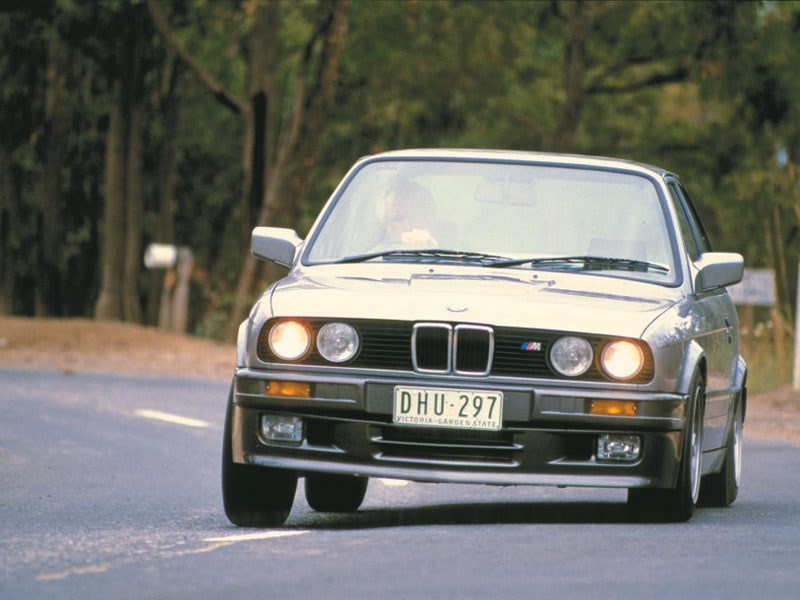 BMW E30 3-Series
BMW E30 3-Series

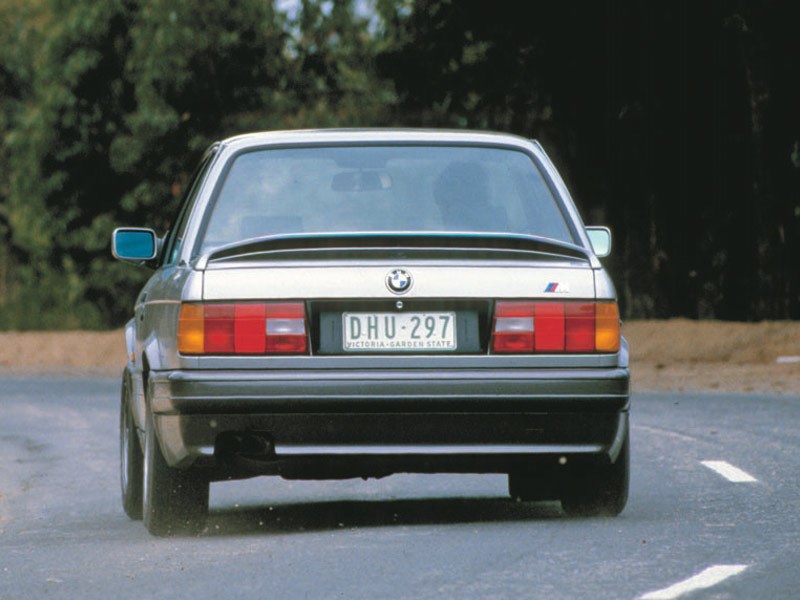 BMW E30 3-Series
BMW E30 3-Series

 BMW E30 3-Series
BMW E30 3-Series
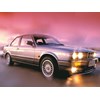
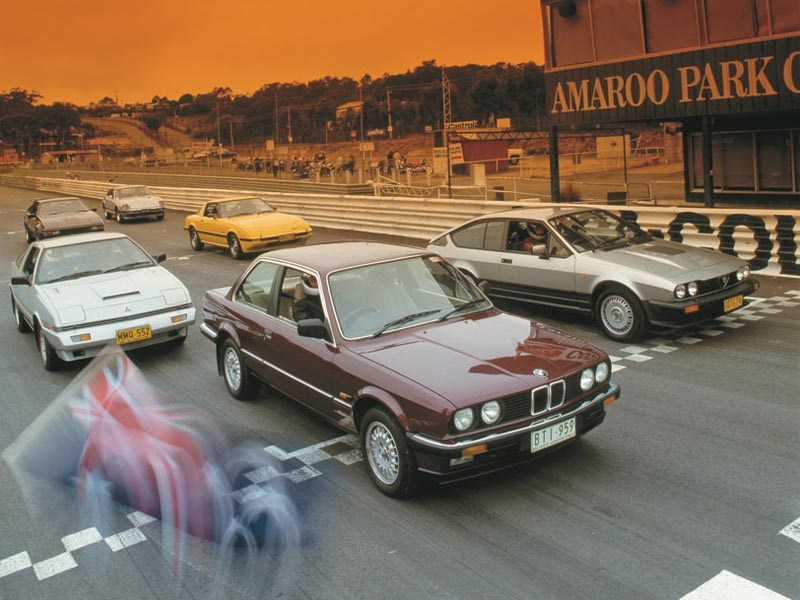 BMW E30 3-Series
BMW E30 3-Series

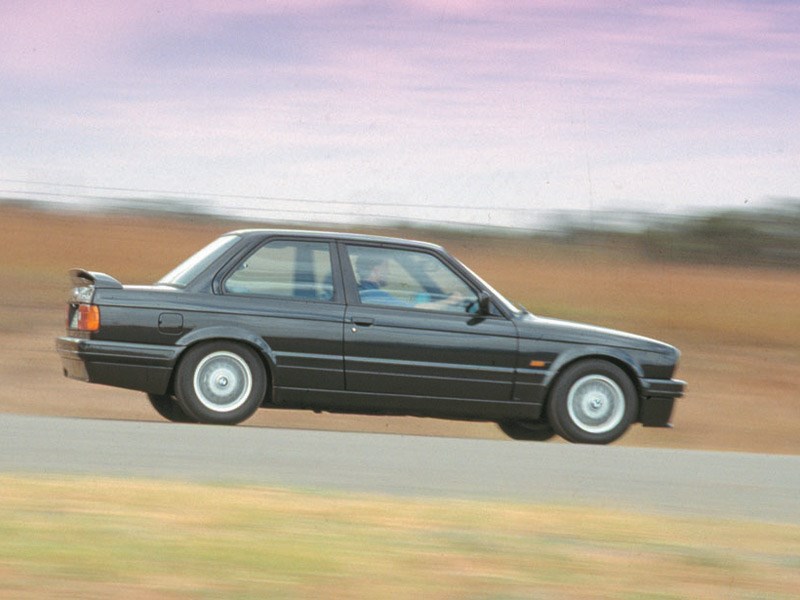 BMW E30 3-Series
BMW E30 3-Series

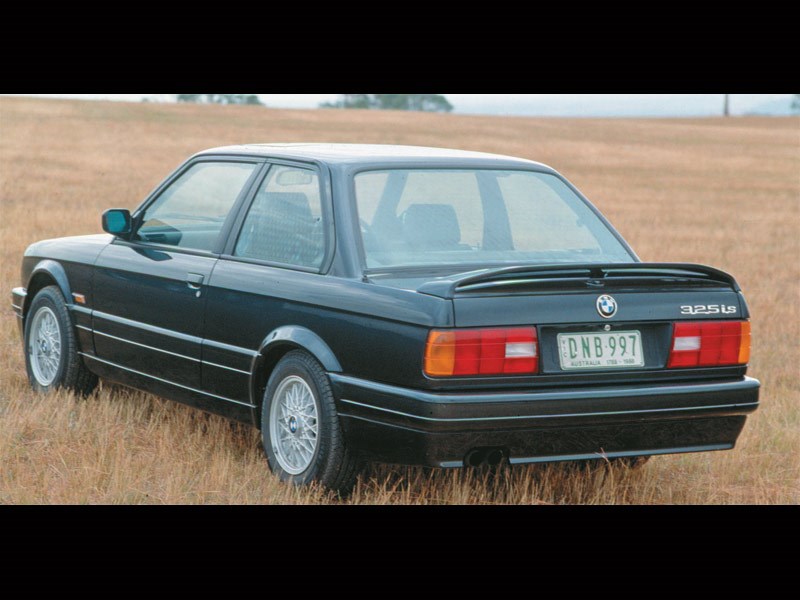 BMW E30 3-Series
BMW E30 3-Series

 BMW E30 3-Series
BMW E30 3-Series

 BMW E30 3-Series
BMW E30 3-Series
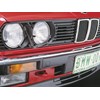
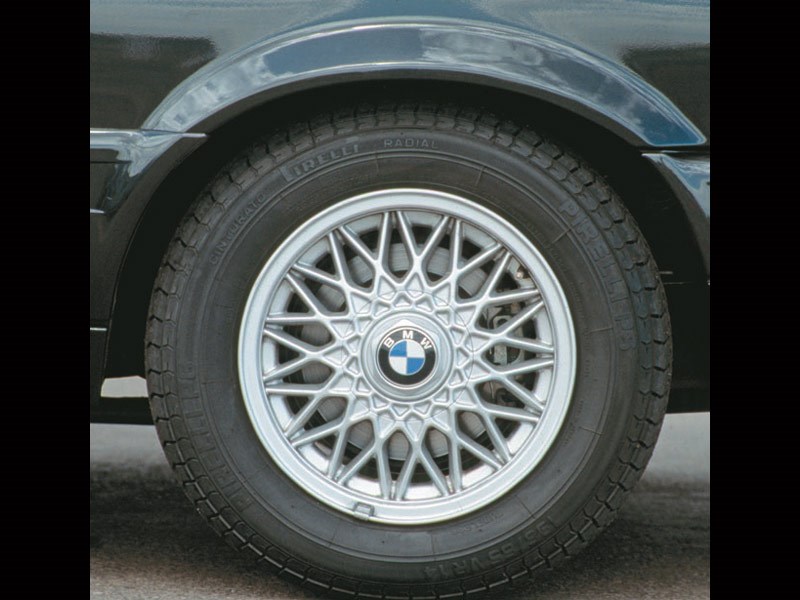 BMW E30 3-Series
BMW E30 3-Series

 BMW E30 3-Series
BMW E30 3-Series
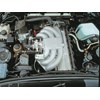
 BMW E30 3-Series
BMW E30 3-Series
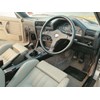

|
|
BMW E30 3-Series
|

|
|
BMW E30 3-Series
|

|
|
BMW E30 3-Series
|

|
|
BMW E30 3-Series
|

|
|
BMW E30 3-Series
|

|
|
BMW E30 3-Series
|

|
|
BMW E30 3-Series
|

|
|
BMW E30 3-Series
|

|
|
BMW E30 3-Series
|

|
|
BMW E30 3-Series
|

|
|
BMW E30 3-Series
|
BMW's six-cylinder small-car hero offers thrills for not many bills, but get the right engine!

|
|
Budget Classic: BMW E30 3-Series
|
BMW E30
Before BMW’s original 3-Series, the world was a much simpler place. A small car, for example, was what you bought if you couldn’t afford a big car. Big cars could be prestige motors, small cars couldn’t. Like I said, dead simple. But the original 3-Series smashed down that wall of preconception by offering a luxury experience in a smaller package. BMW had, essentially, invented the compact prestige car. Of course, that first car, the E21, launched in 1975, was a bit underdone, with trim that fell to pieces and rear suspension that was entirely capable of sending a shock absorber through that poorly trimmed rear seat.
So, as a collectable car to use and (sometimes) abuse, the second-generation, the E30, is the one to buy right now. Not only is it cheap to get hold of, there are several enticing variants that offer some real performance substance.
We’re talking the six-cylinder variants here – the little-car-with-the-big-engine thing at work in one of its purest forms. In the earlier versions of the E30 3-Series, the glamour model was the 323i. In fact, it was such a cult thing that many years later, BMW ditched its until-then logical naming protocols (the original 323i was a 3-Series with a 2.3-litre engine with ‘i’ standing for ‘injection’) to call a 2.5-litre car a 323i.
With 102kW of power, the original E30 323i doesn’t sound anything out of the box now, but back in mid-1983, when a six-cylinder Holden Commodore with an extra litre of engine capacity could muster just 83kW, you better believe 102kW in such a small package was big news.
An upgrade to Bosch L-Jetronic electronic fuel injection (from K-Jetronic mechanical injection) just five months later boosted the 323i’s power figure to 110kW and did the model’s hero status no harm at all. If you’re shopping for a 323i, then the later car is definitely the better option thanks to the improved driveability of its more modern injection system.
In between the demise of the 323i in late 1985 and the arguably even better 325i of 1988 came the six-cylinder 3-Series cars we don’t like to talk about any more (BMW likes us talking about them even less. And we’ll tackle those in a breakout story). But by 1988, BMW had its mojo back and the 325i was a cracking car. And still is if you can find one with any life left in it. Back then, it brought 125kW to the party thanks to its bigger, 2.5-litre six and, because BMW wasn’t sure that everybody who wanted an in-line-six 3-Series would want to stump up the full amount of cash, the 325 was joined by a 2.0-litre version of the engine called the (logically, remember) 320i.
These days, the 2.0-litre version is okay, but for the real experience you need to find a 325i. Better yet, shop around and you’ll also find a model called the 325is. This was an up-spec two-door and almost amounted to an early M3 with its firmer suspension, upgraded wheel/tyre package, bodykit and a jazzier interior, including sports front seats and a leather tiller.
I remember flogging one of these along the Great Ocean Road in Victoria back when it was still a good drive and, apart from the window winders that worked backwards and a slightly slow steering rack, thought that it was about the best car sensible money could buy. I still do.
If all of this has convinced you that you need an E30, there are a few things to watch for. While the six-cylinder engine was good, years and kilometres can show up a few faults. Some broke head studs and the first sign of that is a blown head gasket. Check for oil in the coolant and vice versa. A six-cylinder that is noisy in the top-end These days, the 2.0-litre version is okay, could be suffering from a lack of oil changes over the decades which has allowed sludge to build up in the oilways. This sludge is similar to cholesterol in human blood vessels and just as potentially terminal.
Like many Euro cars of this era, brake rotors seemed a bit soft and could wear quickly. Black brake dust is usually a function of Euro-spec pad material, too, and while these will almost certainly have been replaced by now, a previous owner who didn’t clean this dust off the wheels regularly may have left the car with pitted alloy rims. Check them closely.
Rust isn’t too big a problem in welllooked-after, locally-delivered cars, although it’s still worth a careful check around the wheelarches, front and rear screens, sills and the bottoms of the doors. The real problems start when you’re looking at a private-import example that spent the first part of its life somewhere humid like South-East Asia. Humidity often caused corrosion problems and a locally-delivered car – identifiable via the compliance plate – is usually a better bet.
Interiors weren’t perfect, either, and plenty of E30s have suffered cracking dashboards, faded cloth trim and sagging door cards.
The service indicator in the dashboard is another potential source of grief. The little LED lights that alerted the owner when a service was due are actually powered by an AA battery clipped into the back of the instrument panel. When that battery goes flat, it leaks acid all over the printed circuit board that controls the entire instrument display. At that point, it’s toast and full replacement means this will be the most expensive AA battery-change you’ll ever experience.
THREES TO AVOID
Just as Australia went to ULP, BMW suddenly broke out in cold sweats over the future of the internal combustion engine. Fuel and consumption instantly became dirty words and BMW took the extraordinary step of ditching its glorious little high-stepping sixes for a dumb-arse, low-revving, high-torque version of the straight-six.
The new series of engines featured the suffix ‘e’ for Eta (the Greek word for efficiency), and in 325e form, you were talking about a 2.7-litre unit which peaked at an improbably low 90kW, and was all done and dusted by 4700rpm. Naff barely covers it. Oh sure, it had 230Nm of torque, but the 325i that replaced it had 222Nm anyway (and 125kW, and it revved like blazes).
Seriously, the Eta engine was like dancing with your sister – you were up and moving, but you weren’t proud of yourself. Public outcry was sufficient for BMW to kill the whole Eta thing just two years into its life-cycle and good riddance. Don’t do it kids, just don’t.
SPECIFICATIONS
BMW E30 323i/325i
Production: 1983-1991
Body: 2- or 4-door sedan, 2-door convertible
Engine: 2315cc or 2494cc 6cyl, SOHC, 12v
Power: 110kW @ 6000rpm*/125kW @ 5800rpm**
Torque: 205Nm @ 4000rpm*/222Nm @4300rpm**
Gearbox: 5-speed manual, 3- or 4-speed auto
Suspension: struts (f); semi-trailing arm IRS (r)
Brakes: discs (f/r), ABS
Price new: $26,650*/$65,750**
Price now: $3500-$15,000
*1984 323i manual **1988 325i manual
*****
More reviews:
> Driven: BMW 3-series (F30) review here
> BMW E34 5-series review here
Search used:
Unique Cars magazine Value Guides
Sell your car for free right here
Get your monthly fix of news, reviews and stories on the greatest cars and minds in the automotive world.
Subscribe

.jpg)









.jpg)

